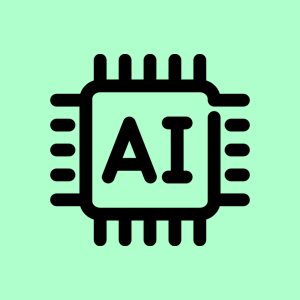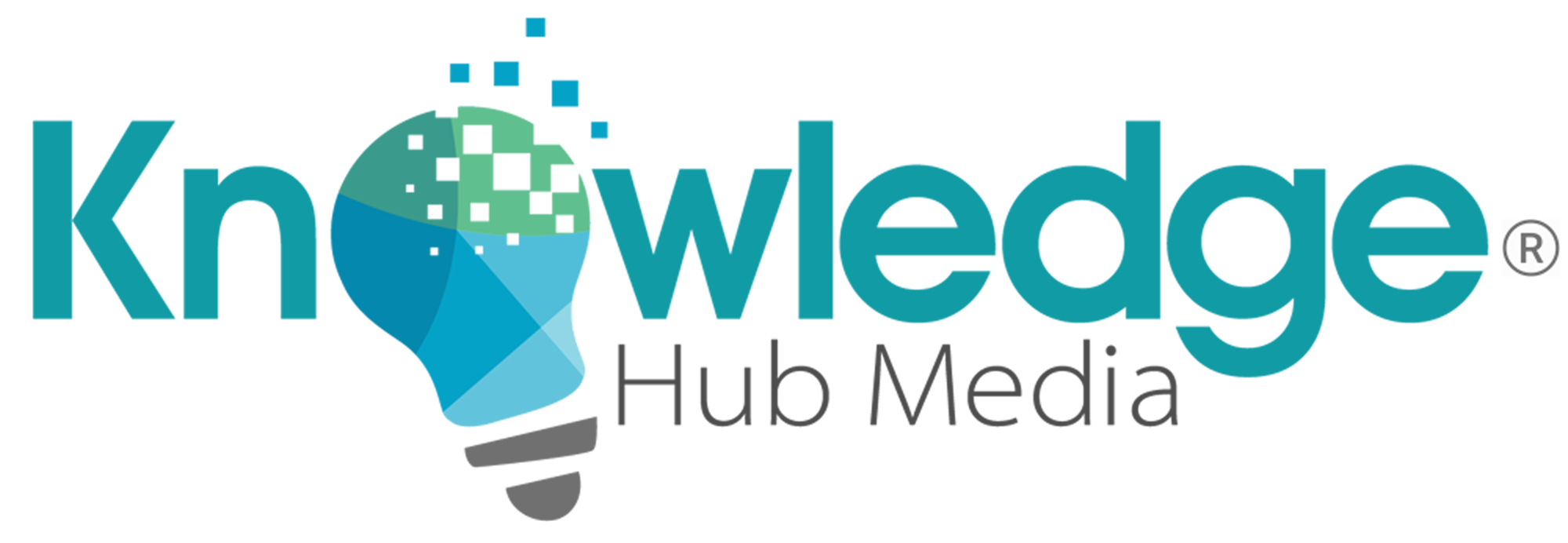 Artificial intelligence (AI) is no longer a futuristic concept—it’s here, and it’s rapidly transforming the way businesses operate. Becoming an “AI-first” organization requires more than just implementing new tools; it’s about fostering a culture of innovation and adaptability across all departments. Here’s how to prepare your teams for an AI-driven future.
Artificial intelligence (AI) is no longer a futuristic concept—it’s here, and it’s rapidly transforming the way businesses operate. Becoming an “AI-first” organization requires more than just implementing new tools; it’s about fostering a culture of innovation and adaptability across all departments. Here’s how to prepare your teams for an AI-driven future.
1. Develop an AI Awareness Strategy
Before introducing AI solutions, ensure that your teams understand what AI is and how it can be applied in their workflows. Host workshops, webinars, and training sessions to demystify AI and highlight its potential benefits and limitations.
Key Actions:
- Create easy-to-understand resources explaining AI concepts.
- Showcase examples of AI applications in your industry.
- Invite AI experts or consultants to lead discussions.
2. Build Cross-Functional AI Task Forces
AI adoption isn’t limited to IT or data science teams. To maximize its impact, establish cross-departmental task forces that bring together representatives from different business units. This ensures that AI initiatives address real-world challenges and align with organizational goals.
Key Actions:
- Identify team members who are enthusiastic about AI.
- Assign roles to ensure a balanced representation of departments.
- Schedule regular meetings to discuss progress and share insights.
3. Upskill Your Workforce
AI adoption often leads to fears about job displacement. Counteract these concerns by providing opportunities for your employees to learn new skills that complement AI. Upskilling can help your workforce transition to roles where they can work alongside AI tools effectively.
Key Actions:
- Offer online courses in AI, machine learning, and data analysis.
- Provide on-the-job training for using AI-powered tools.
- Recognize and reward employees who embrace new technologies.
4. Create a Culture of Collaboration
AI thrives in environments where data flows freely. Break down departmental silos and encourage teams to share data and insights. This collaborative approach ensures that AI models are trained on comprehensive and diverse datasets.
Key Actions:
- Implement data-sharing policies that prioritize security and transparency.
- Use collaborative tools to centralize project management.
- Foster open communication through cross-departmental meetings and forums.
5. Pilot AI Initiatives in Key Areas
Rather than overhauling your entire organization overnight, start small by piloting AI initiatives in areas where they can deliver the most value. Use these pilot programs as learning experiences before scaling up.
Key Actions:
- Identify pain points where AI can make an immediate impact.
- Test AI solutions in controlled environments.
- Measure success using key performance indicators (KPIs) and refine accordingly.
6. Emphasize Ethical AI Use
AI’s capabilities come with ethical considerations. Build trust by ensuring that your organization’s AI solutions are transparent, unbiased, and respect privacy.
Key Actions:
- Develop an AI ethics policy.
- Regularly audit AI tools for potential biases.
- Educate teams about the importance of ethical AI practices.
7. Align AI Goals with Business Objectives
AI adoption should align with your broader business strategy. Ensure that every AI initiative contributes to measurable outcomes, whether that’s improving customer experience, reducing costs, or boosting operational efficiency.
Key Actions:
- Define clear objectives for each AI project.
- Communicate how AI initiatives support business goals.
- Track and share results with stakeholders to maintain momentum.
8. Foster Leadership Buy-In
The transition to an AI-first organization requires strong leadership. When executives champion AI adoption, it sets the tone for the entire company and encourages teams to follow suit.
Key Actions:
- Train leadership teams on AI concepts and benefits.
- Encourage leaders to communicate the vision for an AI-driven future.
- Highlight early successes to build confidence in AI initiatives.
Final Thoughts
Preparing your teams for an AI-driven future isn’t just about technology; it’s about people, processes, and culture. By fostering awareness, collaboration, and upskilling, your organization can thrive in an AI-first world. Remember, the goal isn’t to replace humans with AI but to empower them to achieve more by working smarter. Start small, think big, and embrace the opportunities AI brings to your organization.
